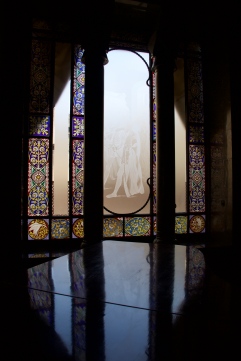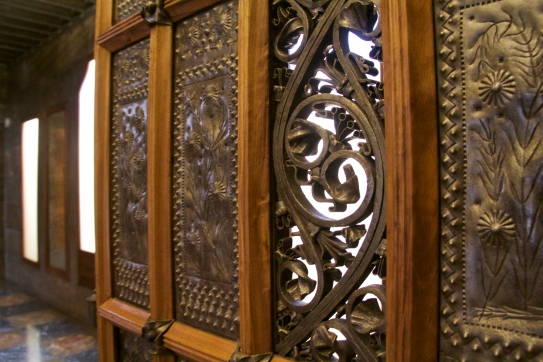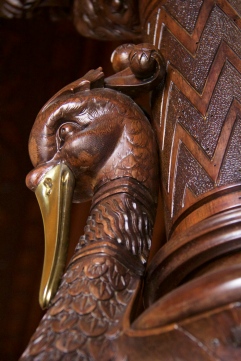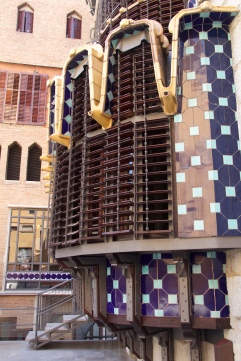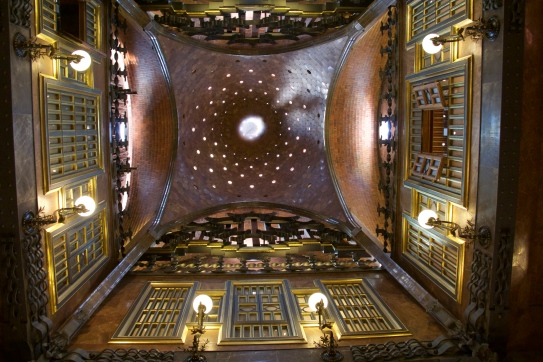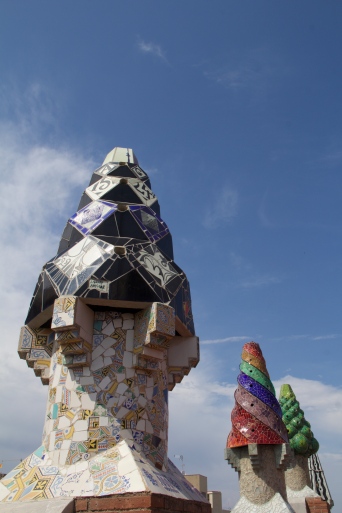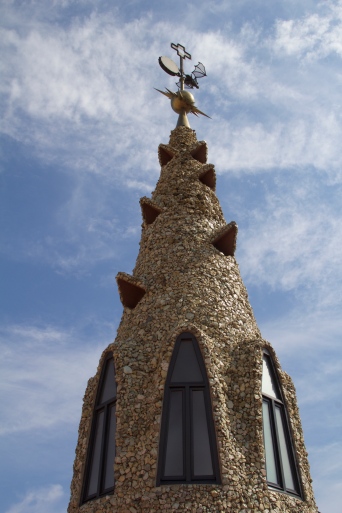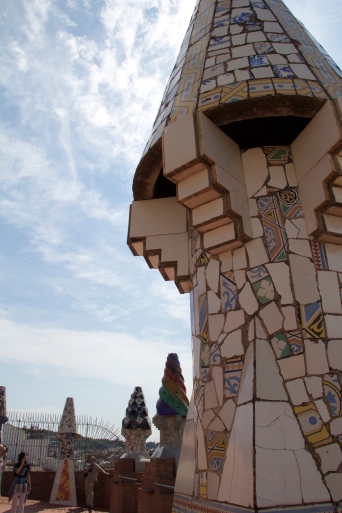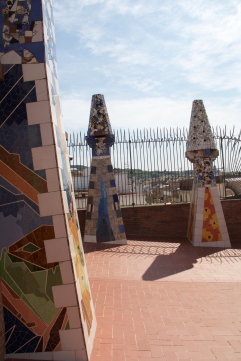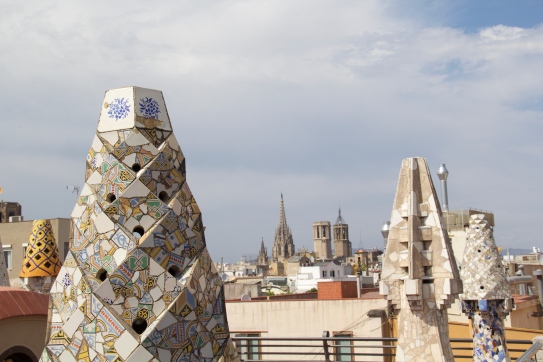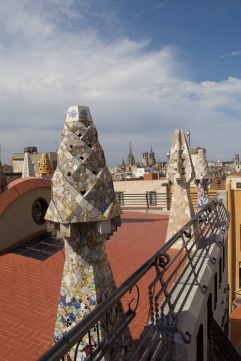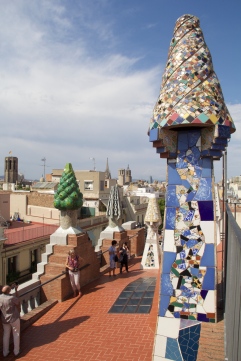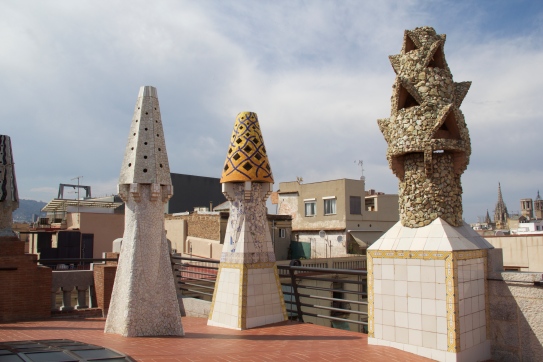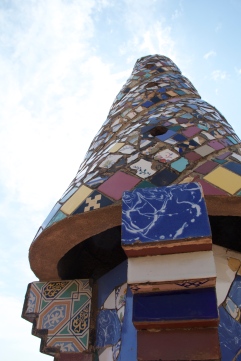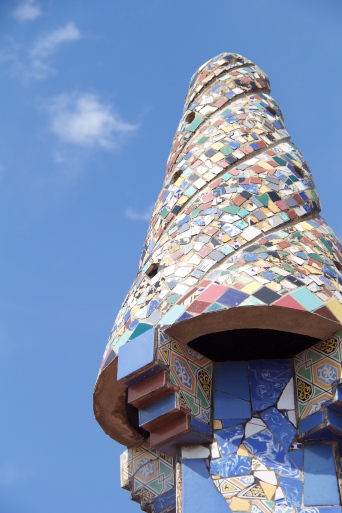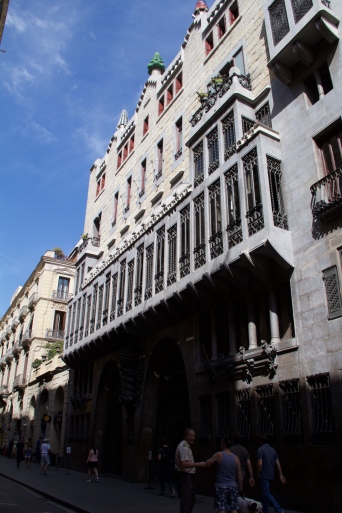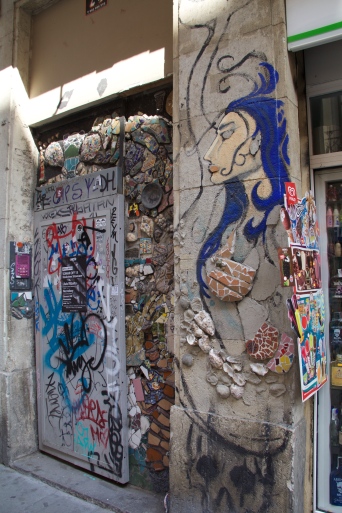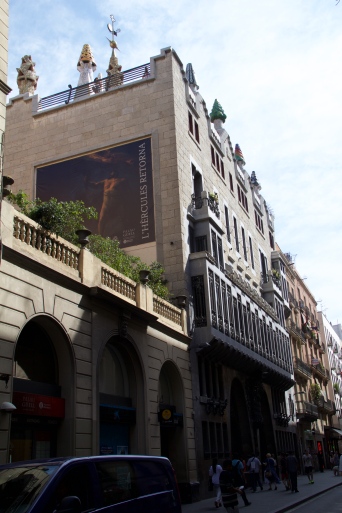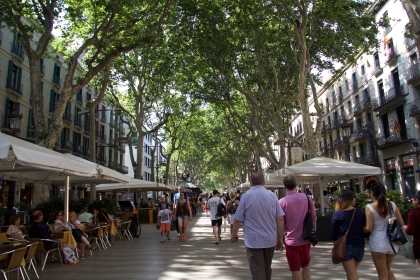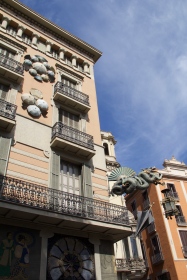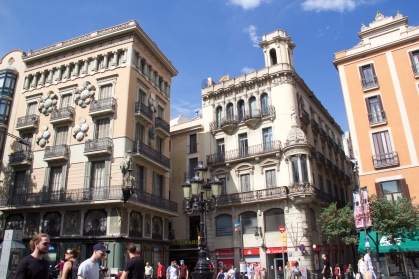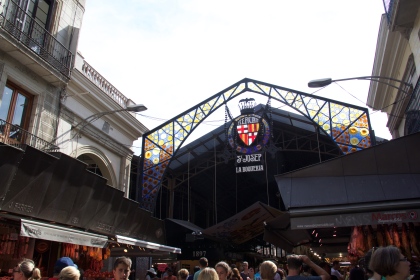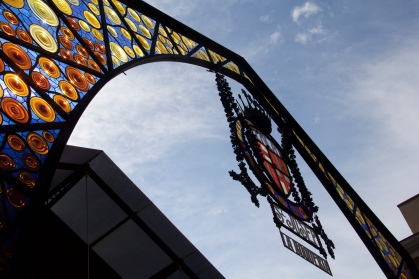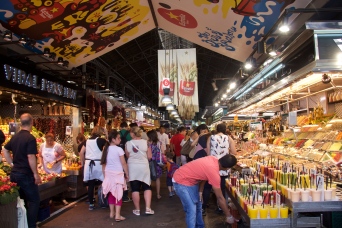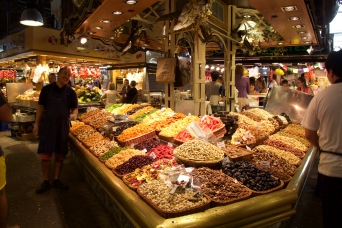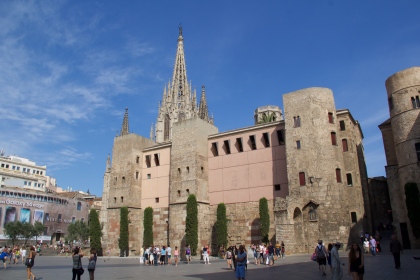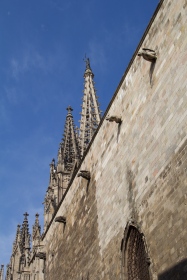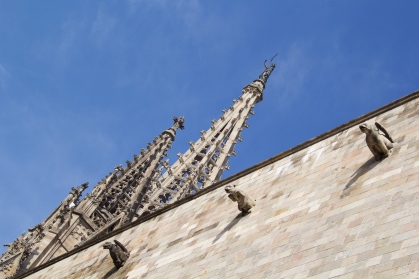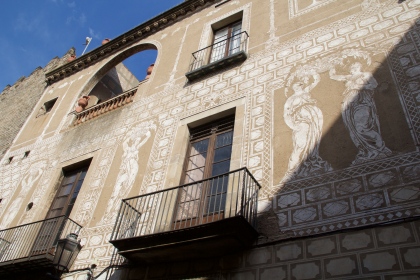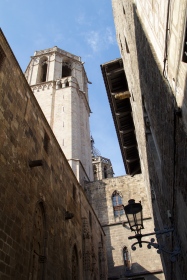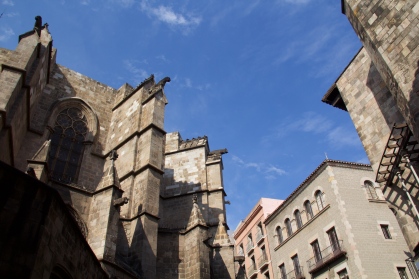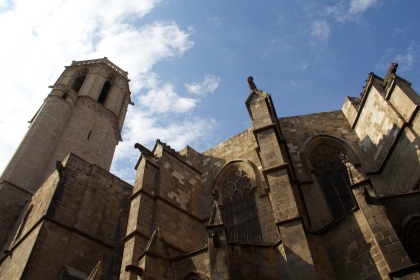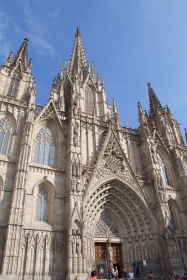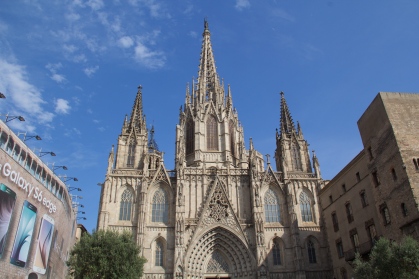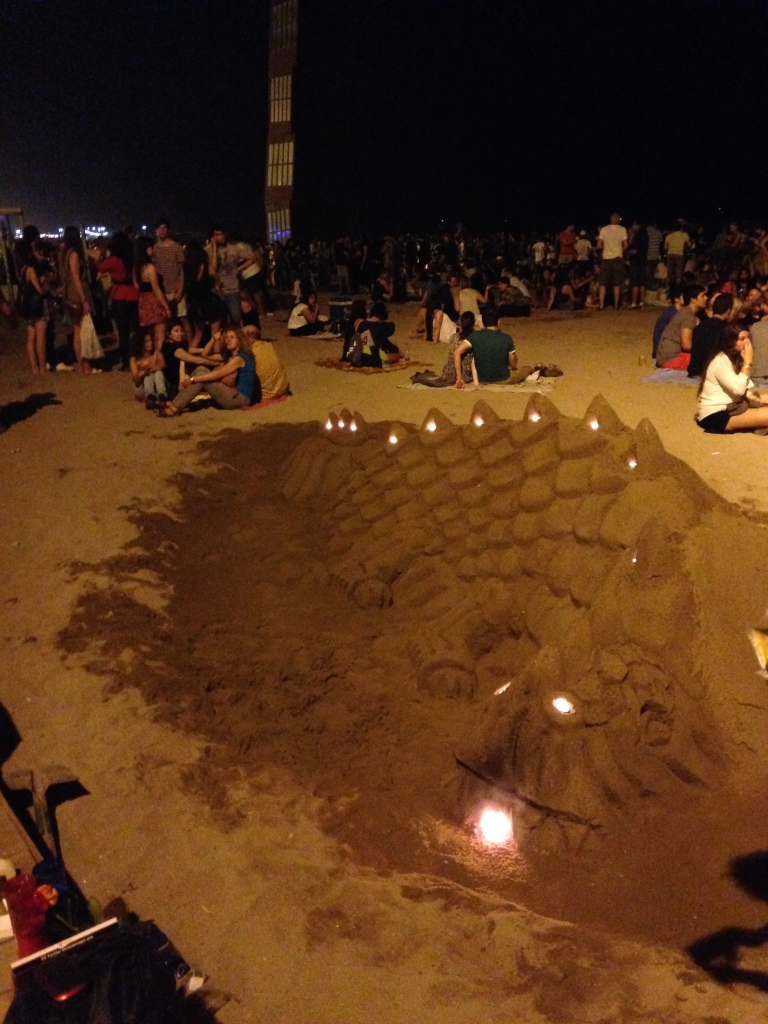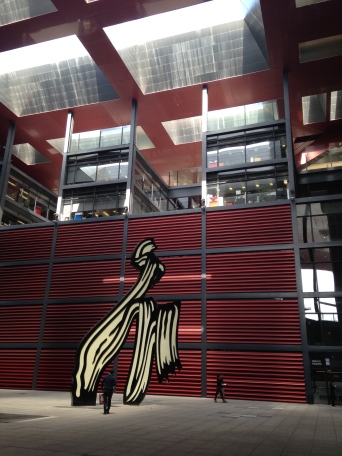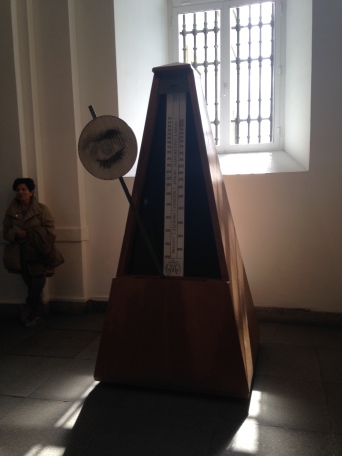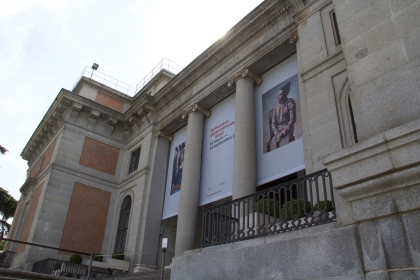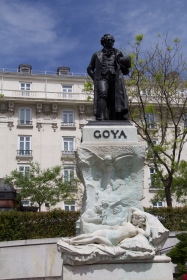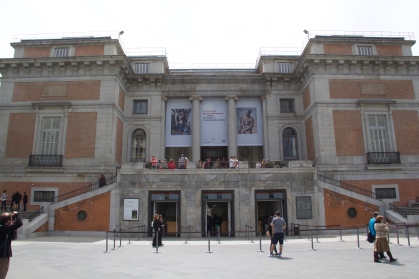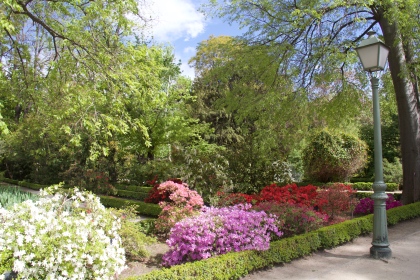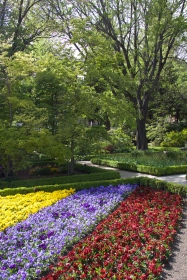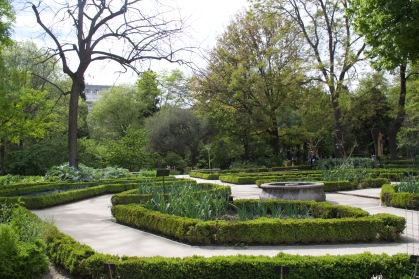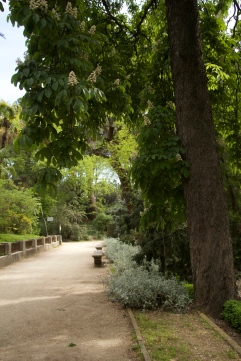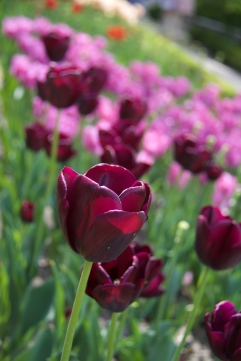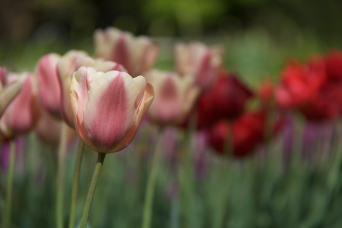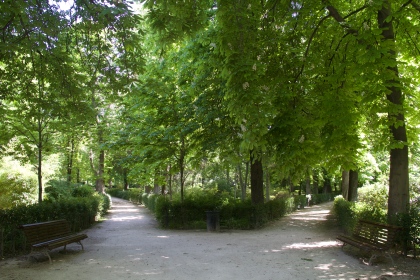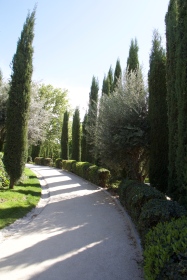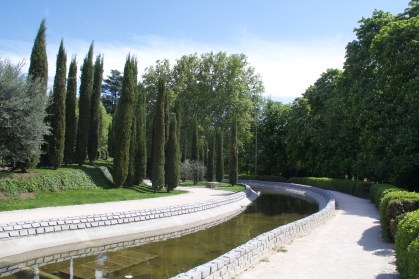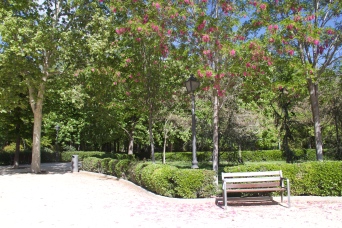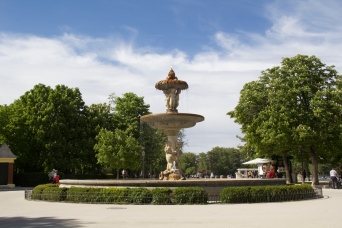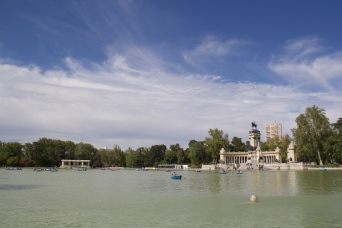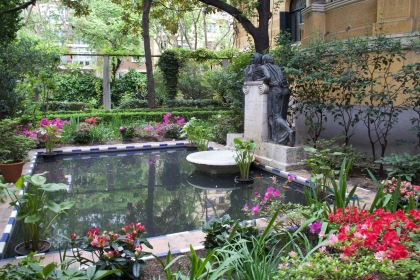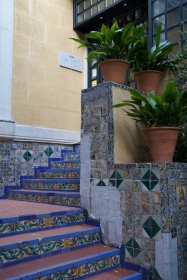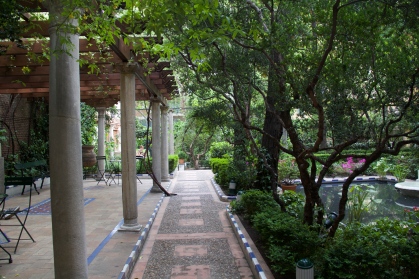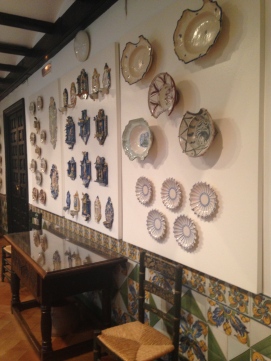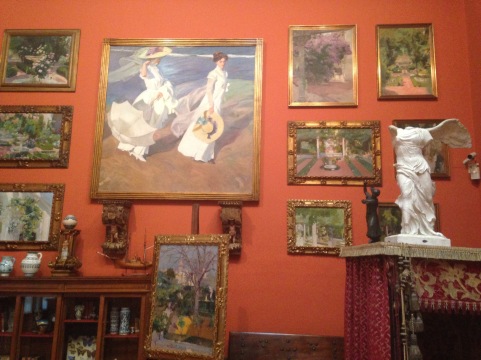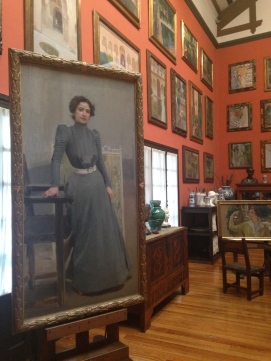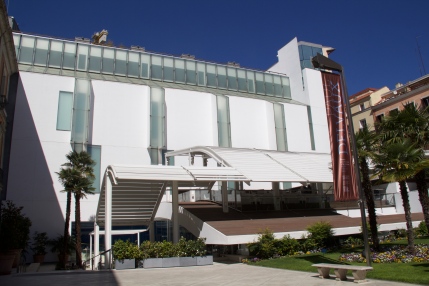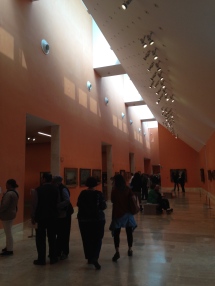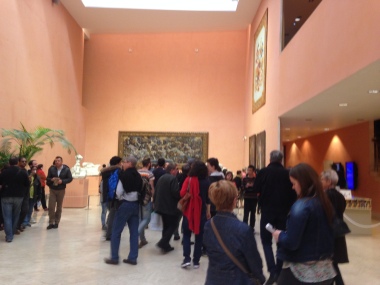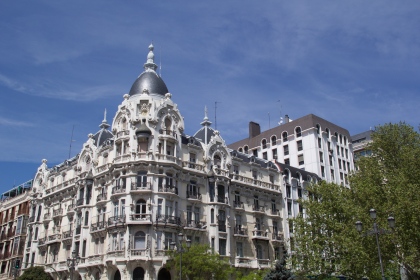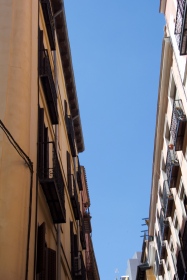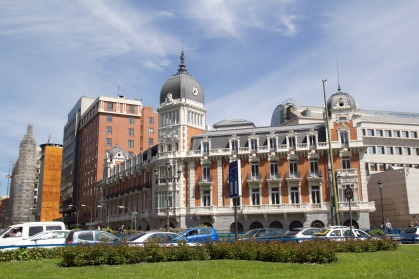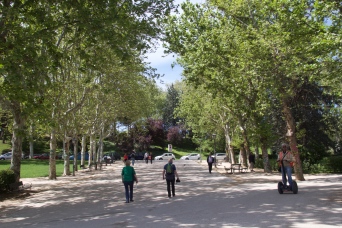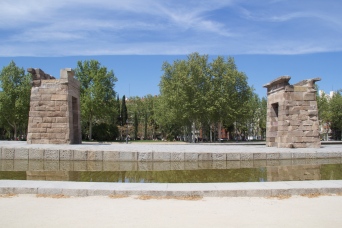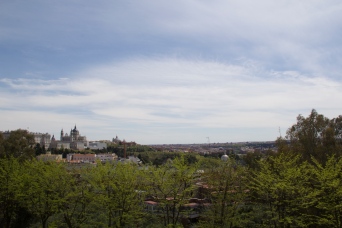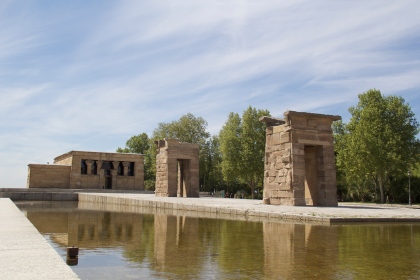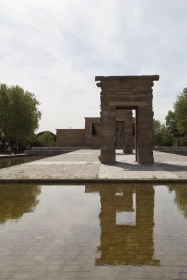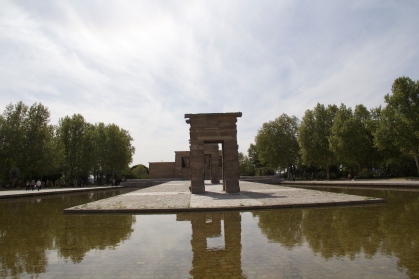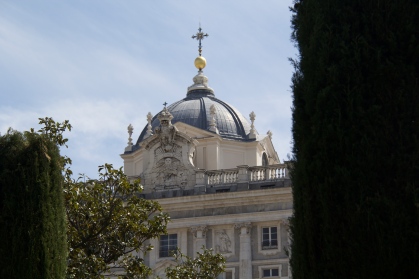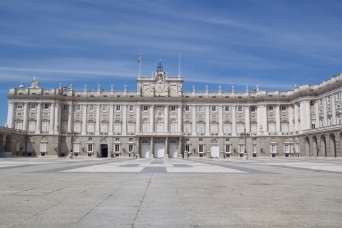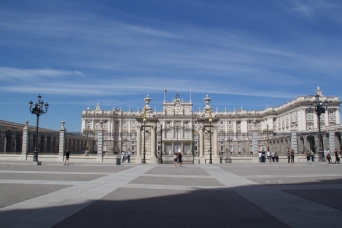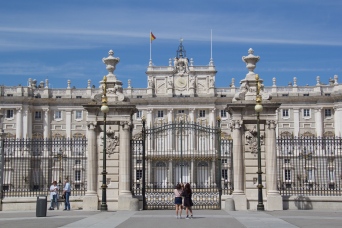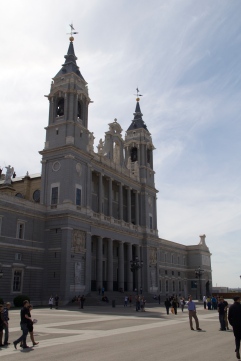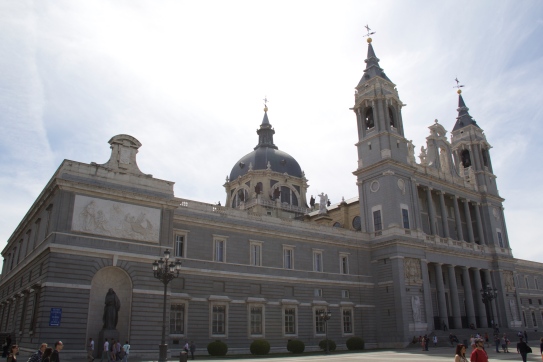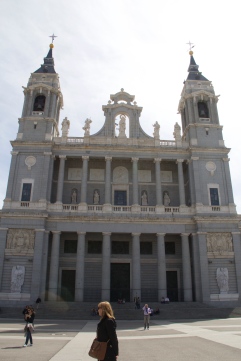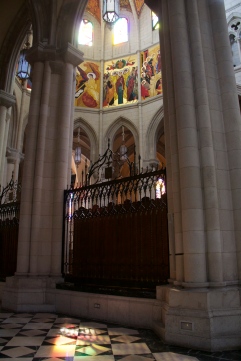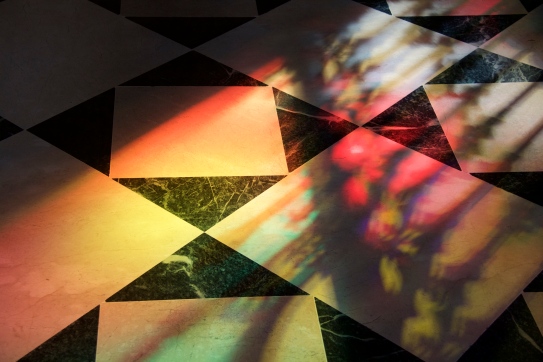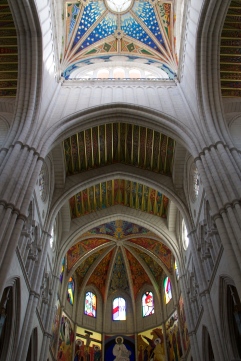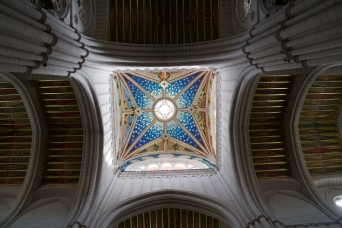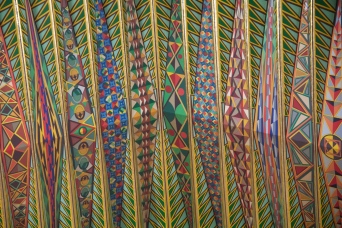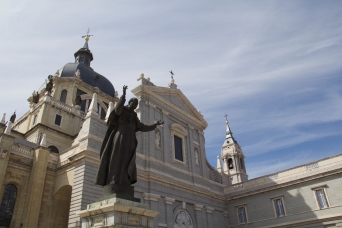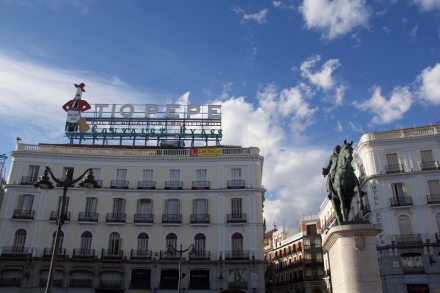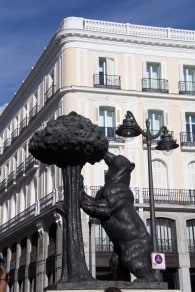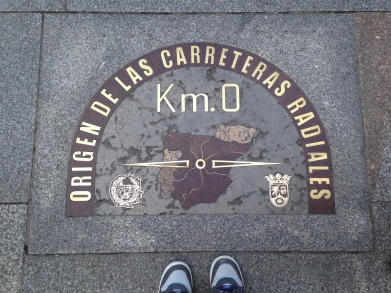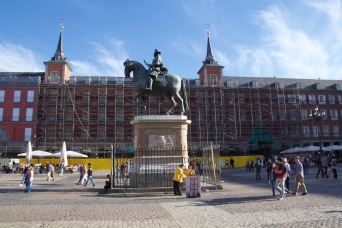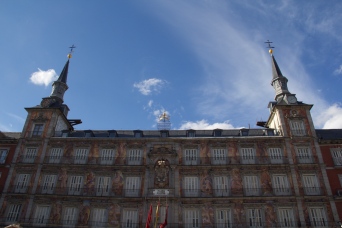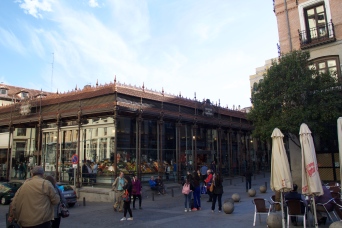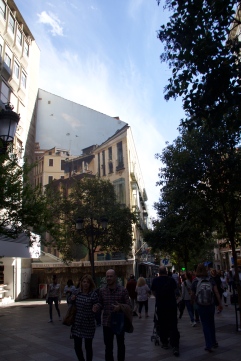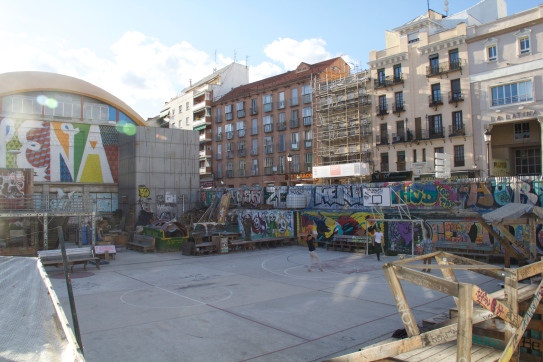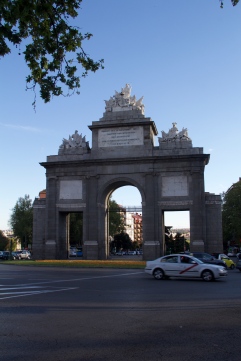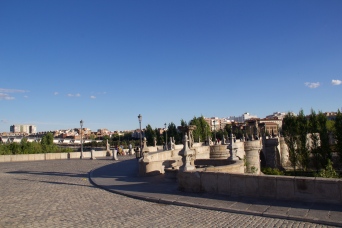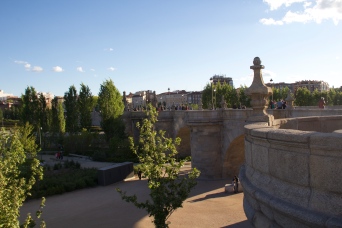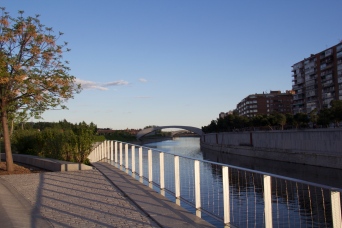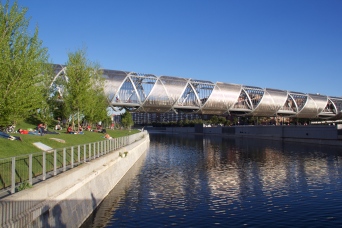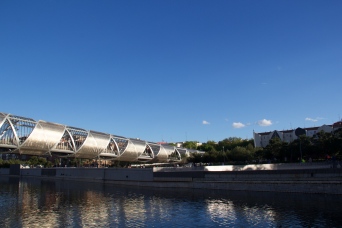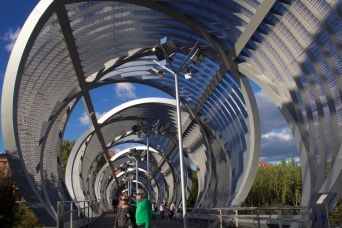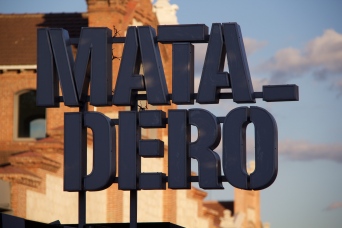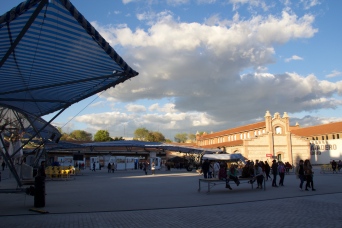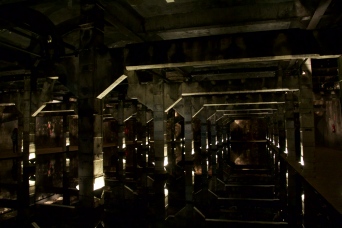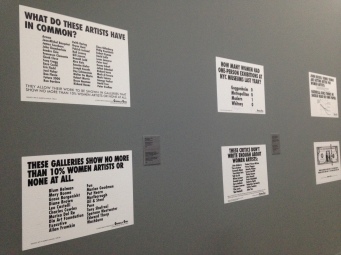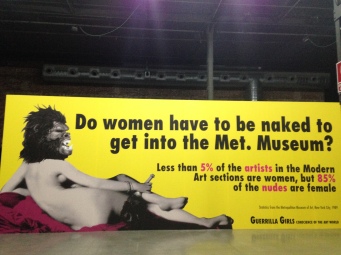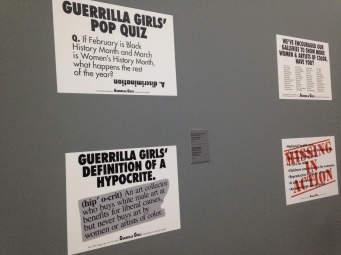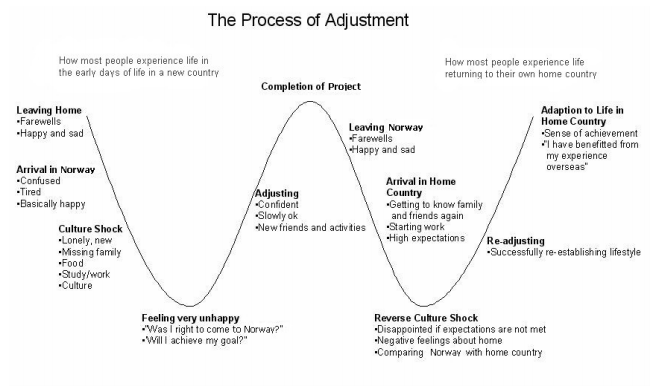I’ve wanted to go to Barcelona ever since I saw pictures of Gaudi’s convoluted buildings. So, I was pretty happy when I managed to find some reasonable flights there. The first thing that I noticed when I stepped off the plane was that Barcelona was HOT. I’ve taken to traveling with a wool scarf (that also serves as a pillow) and jacket on planes, and I was sweating even in the air conditioned airport (granted carrying my heavy duffel bag might have also contributed). Like Madrid, Barcelona also syncs with Google Maps, and it wasn’t too difficult for me to find my way into town and to the AirBnb that I was going to share with my friend Eric. Unfortunately, Eric’s plane out of Germany was delayed, and I spent most of my first day in Barcelona on my own. Luckily I’m not too put out by solo travel, so I was content to make do. My first destination was Palau Güell.
Palau Güell was Gaudi’s first major commission and was built for one of the leading industrialists at the time, Eusebi Güell. Güell wanted to have the palau, or palace, built as an extension to the family’s home on La Rambla, one of Barcelona’s major streets. The building is located in a prime location in the city and boasts a certain sense of majesty. When you enter you’re given an audioguide for the building, as there aren’t any information plaques, and you work your way from the basement up to the top.
While I personally wouldn’t have wanted to live in the building, it was still a great introduction to Gaudi. The interior of the building was generally dark in color due to the dark wood panelling, but it was still gorgeously designed. Gaudi was largely inspired by nature in his work, which tends to be revealed in his building’s curvaceous surfaces–apparently Gaudi refused to use straight lines since he claimed that they didn’t appear in nature. Another architectural feature that Gaudi is well known for using is parabolic, or catenary arches. You can get a sense of them in the picture of the palace’s dome.
Gaudi is also well known for believing that the functional could also be beautiful. This is exemplified by the building’s twenty decorated chimneys, which also happened to be my favorite part of the building.
After that, I went outside and took a few pictures of the building’s facade and the surrounding Gaudi themed graffiti. From there it was just a short walk down to La Rambla.
La Rambla is a broad and crowded pedestrian boulevard and a decent walk, although one that is filled with tourists. Because La Rambla is a long street, there are quite a few things near it.
Just off La Rambla was the Mercat de la Boqueria. The market is one of Europe’s biggest permanent produce fairs, although there are plenty of other products on sale there as well. While the market is generally overpriced, the farther in you walk the cheaper things tend to be.
Another nearby spot was Barcelona’s Gothic quarter. Not much was open when I wandered by, but it was still a great area to walk around. Unfortunately I wasn’t allowed into La Catedral because my shorts didn’t come down to my knees, but I made do by just taking pictures of the facade.
After that it was time to finally meet up with Eric. After being delayed by more than five hours, he finally arrived at our AirBnb. By the time we met up it was just about time for us to go meet Alix for dinner. It turned out that my trip to Barcelona coincided perfectly with a talk that Alix was giving at the local university. This meant that Eric and I were able to meet up with Alix, Chris, and my favorite Viking, their son Wren. We were able to catch up and have a really nice dinner by the beach before walking along the beachfront. Our trip coincided with La Revetlla de Sant Joan/Verbenas de Sant Joan, or St. John’s Night. It’s the evening of the summer solstice and from what I could tell is a festival that’s celebrated by a lot of drinking, fireworks, and fire. It was certainly rowdy–to the extent that I was beginning to get a bit worried about my safety. In the United States there tend to be pretty strict laws regarding things like fireworks and firecrackers, but in Barcelona it was a free for all. Even children were setting things off in the middle of the street. While I personally found it a bit too crazy for my taste, it was still nice to reunite with friends on the beach.
